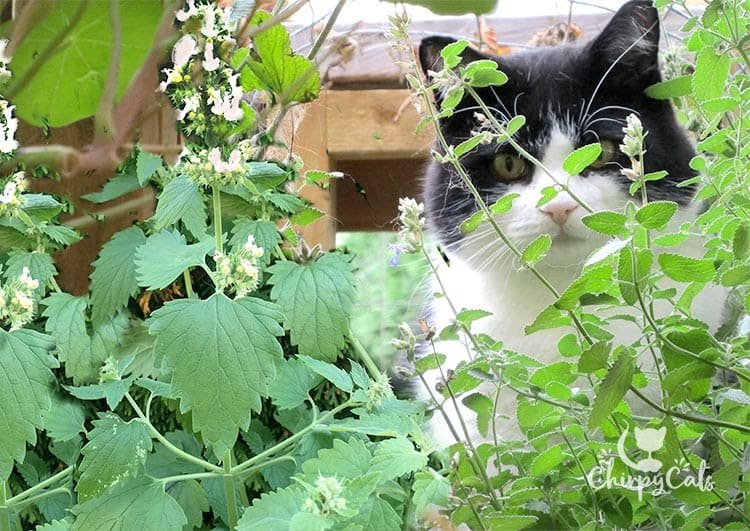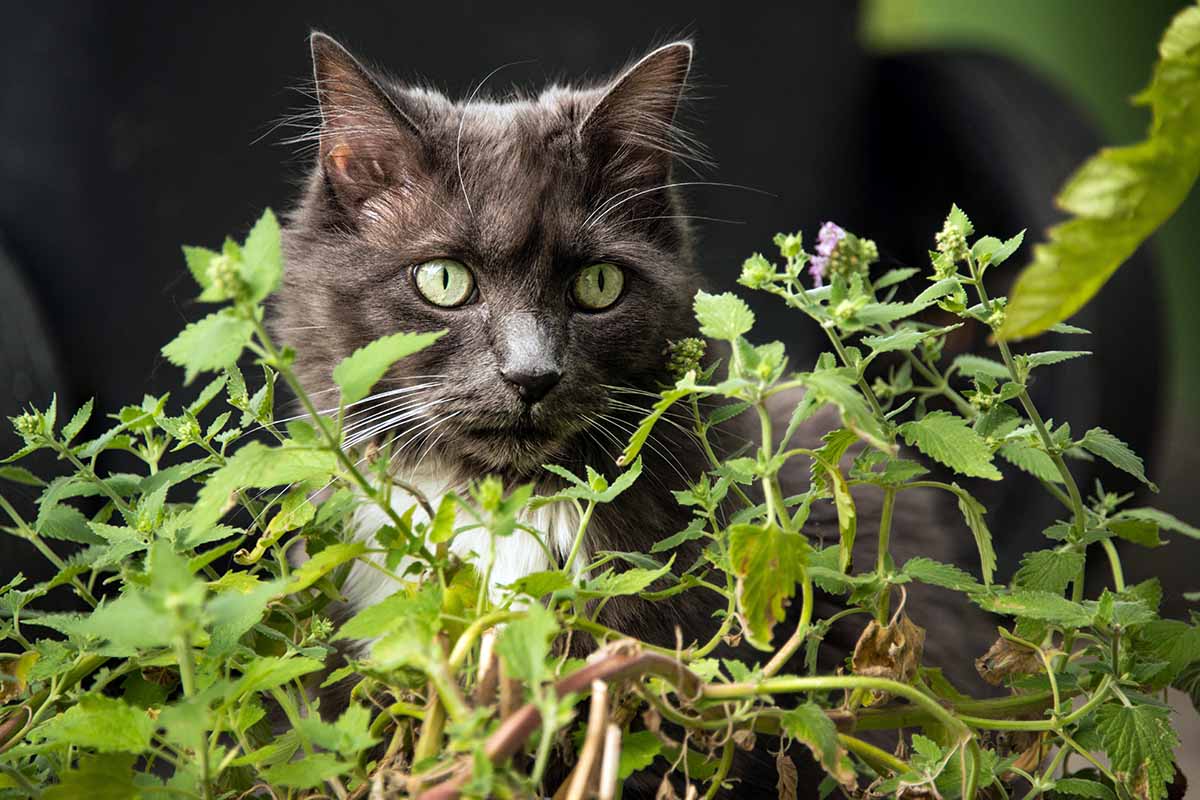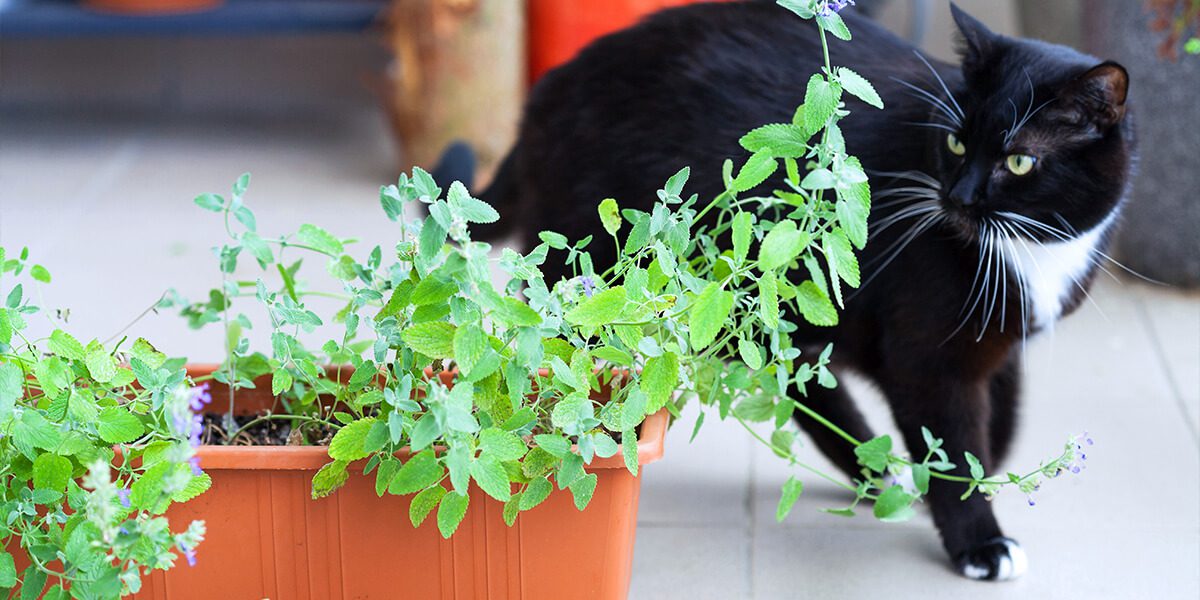
🐾 How to Grow Catnip From Seed: A Complete Home Gardener’s Guide
Everything You Need to Know to Grow This Aromatic Herb That Drives Cats Wild—and Offers Surprising Benefits for Humans Too
If you’ve ever given a cat a sniff of catnip, you already know the magic this plant holds. But did you know it’s not just for cats? Catnip (Nepeta cataria) is a wonderfully fragrant, easy-to-grow herb with benefits for pollinators, herbal teas, and your garden’s ecosystem. And yes—your cats will absolutely thank you for growing it.

The best part? Catnip is incredibly low-maintenance and grows well from seed, whether you have a large backyard or just a sunny balcony. In this guide, we’ll cover everything you need to grow catnip from seed successfully, including ideal conditions, care tips, harvesting methods, common mistakes, and answers to popular questions. Let’s dive in.
🌿 What Is Catnip, Really?
Catnip (also known as catmint) is a member of the mint family (Lamiaceae). It has soft, heart-shaped gray-green leaves, small clusters of purple or white flowers, and a scent that’s irresistible to most cats.
But beyond the feline fun, catnip is also:
- 🌼 A pollinator-friendly perennial
- 🍵 Used in herbal teas for calming effects
- 🌿 Known to repel pests like mosquitoes and aphids
- 🌱 A drought-tolerant, low-care herb
📅 When to Plant Catnip
Catnip thrives in temperate zones and is hardy in USDA zones 3–9. You can grow it indoors or out, but it performs best when planted at the right time.
Best Planting Times:
- Outdoors (direct sowing): After your last spring frost, when soil reaches 60°F (15°C)
- Indoors (starting early): 6–8 weeks before your last expected frost
🌡️ Catnip seeds need light and warmth to germinate well, so don’t start too early in cold soil.
🧾 What You’ll Need
Before getting started, here’s a list of what you’ll need:
- Catnip seeds (organic or heirloom is ideal)
- Seed trays or small pots (for indoor starts)
- Quality potting mix or seed-starting mix
- Grow light or sunny windowsill (for indoor starts)
- Trowel or hand fork
- Mulch or straw (for outdoor beds)
- Spray bottle or watering can
- Containers (if growing on a balcony or indoors)
🌱 How to Grow Catnip from Seed: Step-by-Step

1. Prepare Your Seeds
Catnip seeds have a hard coating, so they benefit from cold stratification to speed up germination.
How to Cold-Stratify:
- Place seeds in a damp paper towel.
- Seal inside a plastic bag.
- Refrigerate for 2–3 weeks.
- Then plant immediately.
Optional: Soak seeds in warm water for 12–24 hours before planting to soften the seed coat.
2. Sow the Seeds
Whether you’re planting indoors or directly in the garden, sow seeds 1/8 inch deep—they need light to germinate, so don’t bury them too deeply.
- Indoors: Use seed trays with well-draining soil. Keep them warm (70°F–75°F).
- Outdoors: Direct sow in prepared beds or containers with loose, fertile soil.
Germination takes 7–14 days, sometimes longer depending on temperature and humidity.
3. Transplant (If Starting Indoors)
Once seedlings are about 2–3 inches tall and have a few sets of leaves, transplant them to their final location.
Spacing:
- Garden beds: 18–24 inches apart
- Containers: At least 10–12 inches wide and deep
Harden off seedlings first: Set them outdoors for a few hours each day for a week to adjust before transplanting.
☀️ Ideal Growing Conditions for Catnip
✅ Light:
Catnip thrives in full sun, though it can handle partial shade. The more sun it gets, the stronger the plant and the more aromatic the leaves become.
✅ Soil:
- Prefers well-draining, moderately fertile soil.
- Tolerates poor soil better than overly rich or damp conditions.
- pH range: 6.1 to 7.8
✅ Water:
- Water regularly when young; once established, catnip is drought-tolerant.
- Let the soil dry slightly between watering to avoid root rot.
- Avoid overwatering, especially in containers.
✅ Fertilizer:
Catnip doesn’t need much feeding. Over-fertilizing can actually reduce the concentration of nepetalactone—the chemical that drives cats crazy.
A light application of compost or balanced fertilizer once or twice per season is plenty.
✂️ How to Harvest and Use Catnip

Catnip is ready to harvest once it reaches 12–18 inches tall, usually 60–90 days after planting.
How to Harvest:
- Use scissors or pruners to snip stems just above a leaf node.
- Always leave at least 1/3 of the plant so it can regrow.
- Best harvested in the morning, after dew dries but before heat sets in.
- For best potency, harvest just before or during flowering.
Drying Catnip:
- Tie small bundles of stems and hang upside-down in a cool, dark, dry place.
- Once fully dried, strip leaves and flowers from the stem and store in airtight jars away from light and moisture.
Uses:
- For cats: Stuff into toys or sprinkle on scratching posts.
- For humans: Brew a relaxing tea or add to homemade insect repellents.
- In the garden: Plant near vegetables to deter aphids, flea beetles, and squash bugs.
🐛 Common Problems and How to Fix Them
Catnip is a tough plant, but it’s not entirely invincible. Here’s what to watch out for:
| Problem | Symptoms | Solution |
|---|---|---|
| Overwatering | Yellowing, mushy stems, root rot | Water less; ensure good drainage |
| Leggy growth | Sparse leaves, stretched stems | Needs more sunlight; trim to encourage fullness |
| Cat damage | Plants trampled or chewed | Use cages or netting until established |
| Aphids or spider mites | Curled leaves, sticky residue | Spray with neem oil or use insecticidal soap |
| Powdery mildew | White coating on leaves | Improve air circulation; remove infected leaves |
Pro Tip: If cats are destroying your plants, grow extra—one patch for them, one for harvest.
🪴 Growing Catnip in Containers

If you’re tight on garden space or want to control the spread of catnip (it can be invasive in some areas), containers are a great solution.
Tips for Success:
- Use a pot at least 10–12 inches wide with drainage holes.
- Choose a light potting mix, not dense garden soil.
- Place in a sunny spot (6+ hours daily).
- Water more frequently, especially in hot or windy conditions.
Table of Contents
❓ Frequently Asked Questions
Q: How long does it take to grow catnip from seed?
Typically 60–90 days from seed to mature, harvestable plant.
Q: Do all cats like catnip?
About 70%–80% of cats respond to catnip—it’s a genetic trait. Kittens under 3 months usually don’t react.
Q: Is catnip safe for cats?
Yes! Catnip is non-toxic. Cats may roll, purr, jump, or zoom around after exposure. Effects usually last 5–15 minutes before wearing off.
Q: Will catnip come back every year?
Yes, it’s a hardy perennial in most zones (3–9). In warmer climates, it may even stay green year-round.
Q: Can catnip grow indoors year-round?
It can, but it needs lots of light—ideally a south-facing window or grow lights. It may get leggy indoors.
Q: Should I cut back my catnip?
Yes! Regular trimming:
- Encourages bushier growth
- Prevents woody stems
- Delays flowering and extends the harvest window
✅ Conclusion: Why Catnip Deserves a Spot in Every Garden
Whether you’re growing it for your cat, your tea mug, your pollinator friends, or as a fragrant natural pest repellent, catnip is a true multi-purpose herb. It’s tough, drought-tolerant, low-maintenance, and ridiculously fun—especially if you have pets who love it as much as the bees do.
Starting from seed might seem intimidating at first, but catnip is incredibly forgiving. With just a little patience and the right conditions, you’ll have a flourishing patch in no time. Plus, once established, it’ll return year after year, asking for very little in return.
So go ahead—get your seeds started, grab a sunny corner of the yard or a balcony pot, and watch as your garden (and your pets) come to life with a little help from this magical herb. 🐱🌿
🧾 Quick-Glance Catnip Growing Summary
| Step | Details |
|---|---|
| Best Planting Time | Spring (after frost) or indoors 6–8 weeks early |
| Germination Time | 7–14 days |
| Light Requirement | Full sun (6+ hours/day) |
| Soil Type | Well-draining, average fertility |
| Spacing | 18–24 inches apart |
| Watering | Moderate; drought-tolerant when mature |
| Harvest Time | 60–90 days after sowing |
| Flowering Time | Summer |
| Life Cycle | Perennial in zones 3–9 |
| Container Friendly? | Yes! |
| Safe for Cats? | Yes, in moderation |
